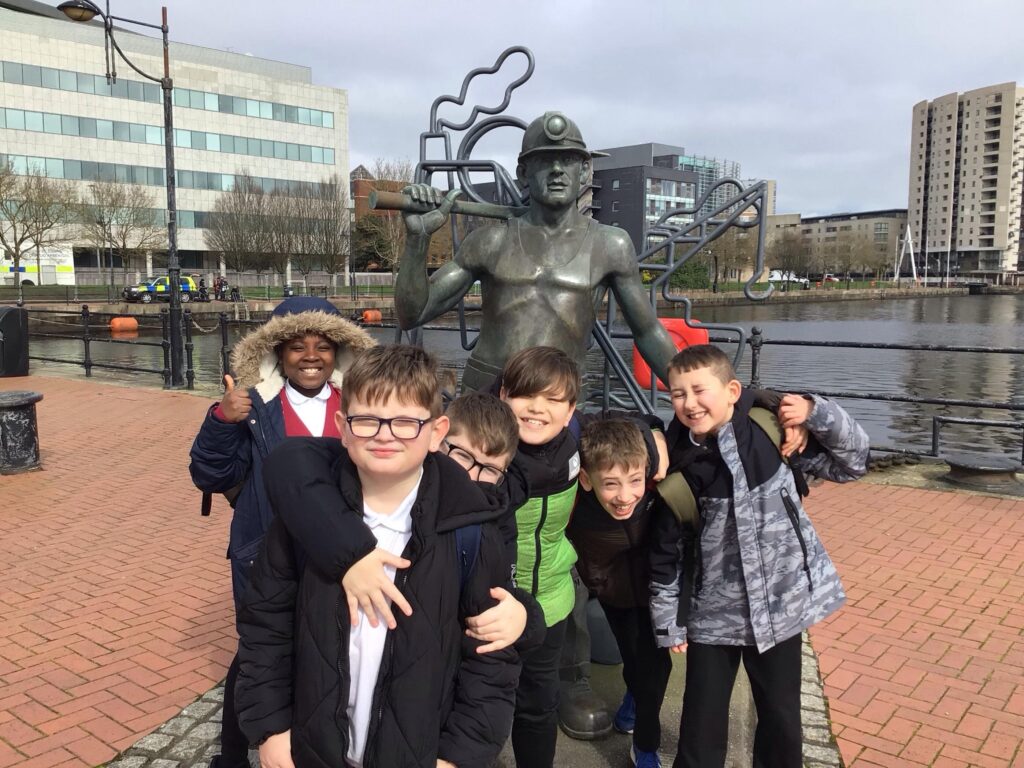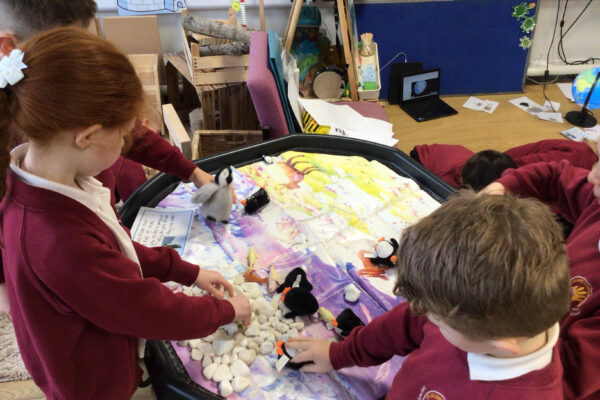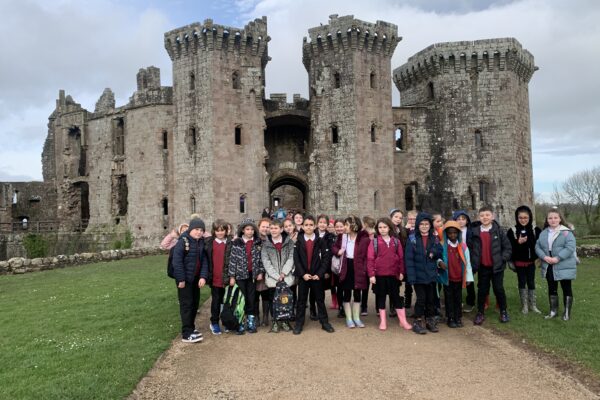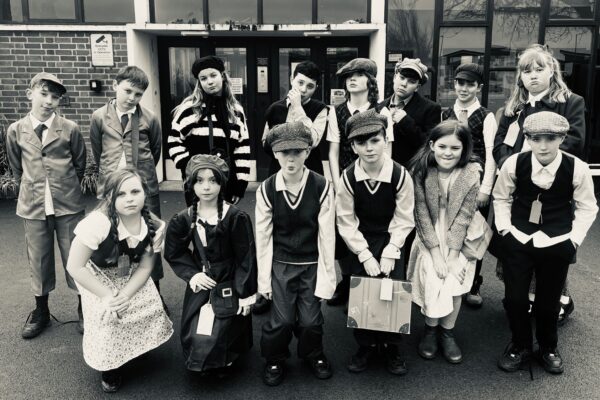This term we have been exploring the theme, Secrets of the Deep. We have learned so much about the fascinating world that lies beneath the surface of the water. One of the things we have been exploring this term is the incredible ability of some people to hold their breath for a really long time. We learned about Herbert Nitsch, who is the world record holder for free-diving, and we even had a go at some breath hold investigations ourselves! It was pretty challenging, but we all did our best and were amazed at how long we were able to hold our breath for.
Recently, the year 5 classes had a debate about whether marine mammals should be kept in captivity? Some students argued that marine mammals should not be kept in captivity because it is cruel to keep them away from their natural habitat. They also mentioned that keeping these animals in captivity can lead to stress and health problems for the animals. On the other hand, some students argued that keeping marine mammals in captivity is necessary for their protection and conservation. They also mentioned that it provides opportunities for people to learn more about these animals and how to protect them in the wild. We had some really thoughtful discussions and used our Talk Tactics to express ourselves clearly whilst respecting others’ points of view.
For our enquiry this term we investigated the Great Barrier Reef, which is one of the most incredible natural marine wonders of the world. Coral Bleaching is a real issue for coral reefs and children used Adobe Express to create videos, where they used key scientific language to highlight the extent of this problem. We wrote balanced arguments about whether or not tourists should be allowed to dive on the Great Barrier Reef, taking into account the environmental impact that tourism can have on this delicate ecosystem.
Do you enjoy listening to Podcasts? Excited and filled with enthusiasm, Year 5 collaborated in groups and used the recording equipment to create their very own Podcasts. Topics so far have included The Suffragettes – recorded on International Women’s Day and The Titanic – role playing survivors’ eye witness accounts. Now we have got to grips with using the equipment, there will be more Podcasts to come, another vehicle for boosting children’s oracy skills.


What sort of marine creature sculptures can we make using plastic waste? To inspire us, we studied the fascinating marine life sculptures by the Japanese artist Sayaka Ganz, who uses reclaimed plastic as a medium. We were blown away by the children’s creativity when making their own versions. It was a fun and challenging activity that required us to think about the importance of recycling and how we can help to protect our oceans and marine life.



Representatives of the RAF visited us during the term, with their exciting STEM roadshow. We learnt about electricity, renewable and non renewable fuels, as well as the many engineering jobs on offer in the RAF and Royal Navy. Pupils were also delighted to take part in a ‘whodunnit’ workshop where children had to dress up and take on different roles to carry out an investigation, using the Easter story.
Half way through the term we celebrated St. David’s Day, with our Eisteddfod, where the children had the opportunity to enter a range of competitions, including reciting a poem in Welsh and building a 3D model mine with moving parts! We also celebrated World Book Day, when we all came dressed up as our favourite book characters… we had an eclectic mix! A highlight of the day was drawing their favourite characters and then bringing them to life using an animation website.




To end the term, children visited Cardiff Bay. In preparation, they used Digimap for Schools to find out where Cardiff Bay was located, its distance from Newport and pinpoint the Bay’s wide ranging landmarks. They also were able to use a mapping tool to compare how the area appeared during the Industrial Revolution when exporting coal from the docks was at its highest, to when this industry began to decline after World War II, to eventually how it looks today after its regeneration, which started in the 1980s. The boat tour of the Bay that took us to Penarth Marina was a definite favourite with the children along with asking members of the public to take part in their surveys, which centred around our enquiry question: Who visits Cardiff Bay and how is it used? Our tour guide was a wealth of knowledge and on our walking tour, we found out about the Bay’s important landmarks, such as the Pierhead building and the Senedd. Many poignant sculptures adorn the bay, such as the Merchant Seaman’s Memorial, which is part of the Cardiff Bay Art Trail.



We look forward to more exciting topics next term!
Happy Easter
From Team Y5




